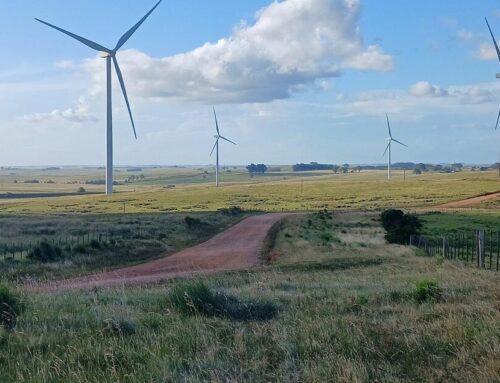Mexico’s distributed generation surges to 4.7 GW in interconnection requests
November 27, 2025
More than half a million interconnection requests have been filed by users adopting decentralized power systems in Mexico. The latest figures confirm continuous growth that is reshaping the country’s energy model from the residential and commercial base.
Mexico’s distributed generation (DG) market continues to expand at a steady and unprecedented pace, reinforcing its strategic role in the country’s transition toward decentralised renewable energy. According to data from the Comisión Nacional de Energía (CNE, Mexico’s National Energy Commission), by the end of the first half of 2025, the agency had received 558,617 interconnection requests for power plants of 0.7 MW or less, representing a combined 4,759.01 MW of registered capacity.
A total of 95% of these requests – equivalent to 529,051 connections – correspond to distributed generation systems, confirming the massive adoption of DG across households, commercial users and small industrial facilities. By contrast, just 5% relate to small- and medium-scale schemes (SIPyME), which together account for only 247.59 MW of accumulated capacity.
Since 2007, when Mexico began compiling this data, the trend has shown sustained and uninterrupted growth. Over the past five years alone, the number of DG requests has doubled, rising from 272,760 in 2020 to more than 558,000 in 2025, with an associated increase of more than 80% in requested capacity.
At the territorial level, the states of Jalisco (90,004 requests; 665.58 MW), Nuevo León (60,658 requests; 461.92 MW) and Chihuahua (44,634 requests; 338.09 MW) remain the country’s principal hubs for distributed renewable energy. Together, these three regions account for nearly one-third of the national volume of applications and associated megawatts. The average capacity per request stands at 9.77 kW, reflecting the predominance of small-scale solar PV systems installed in residential and commercial buildings.
The compensation structure reinforces this pattern. Net metering represents more than 93% of all DG requests, with 521,618 registered systems totalling 4,429.90 MW. Net billing (6,380 requests; 71.11 MW) and gross sales (501 requests; 3.22 MW) remain marginal compared to the dominant net-metering scheme.
Regulatory adjustments introduced by the Mexican government have also played a decisive role. The recently established “0.7 MW scheme” allows systems with capacities equal to or below 0.7 MW to operate without a generation permit, a long-awaited change that aims to boost participation from smaller market actors while keeping these facilities outside the wholesale electricity market. The federal government also raised the threshold for permit-exempt projects from 500 kW to 700 kW, a measure that, according to industry stakeholders, has accelerated interconnection processes and stimulated investment.
According to Gilberto Sánchez, Vice President of the Asociación Nacional de Energía Solar (ANES, Mexico’s National Solar Energy Association), Mexico is now entering what he calls “Distributed Generation 2.0,” a more advanced phase marked by digitalisation, smart energy management, and the integration of storage and demand-response solutions.
Solar photovoltaics dominate the country’s distributed energy mix. PV technology accounts for 528,234 connections and 4,480.90 MW, representing 94% of all DG applications. Other sources registered considerably smaller volumes, including biogas (18.22 MW), biomass (2.76 MW), cogeneration (1.36 MW), wind power (0.86 MW), as well as minor installations based on small hydro, gas turbines and internal combustion systems.
The investment required to deploy this capacity is equally significant. Total estimated capital expenditure now exceeds USD 11.578 billion, with more than 99% associated with distributed solar PV, according to Mexico’s standardised technology-specific CAPEX methodology.
Search
RECENT PRESS RELEASES
Related Post



